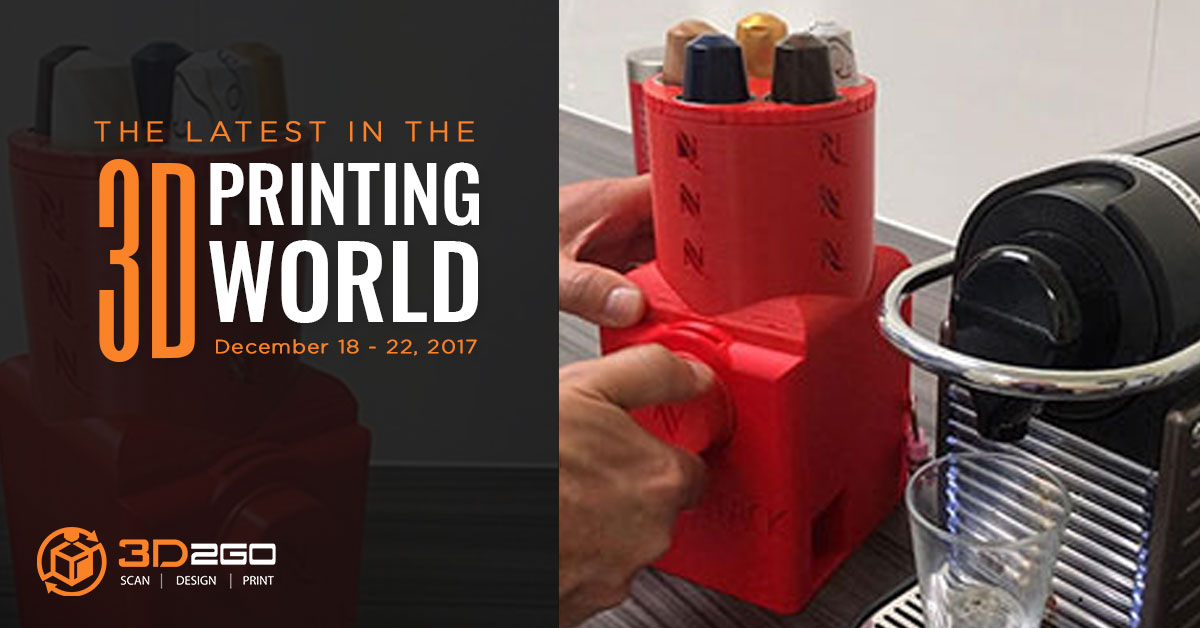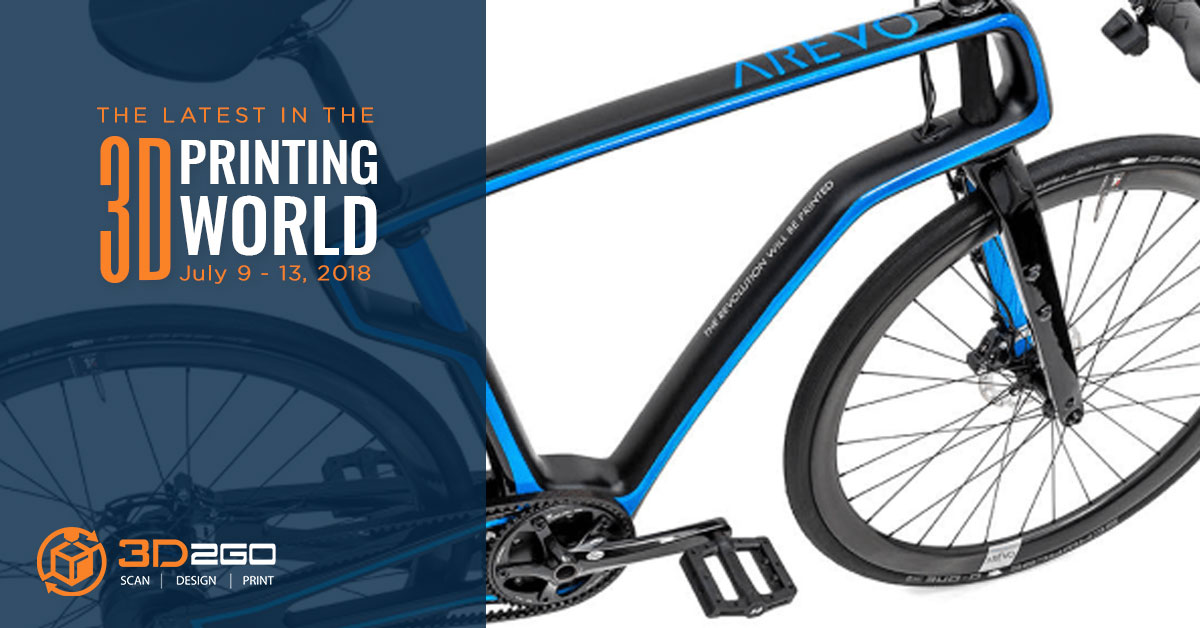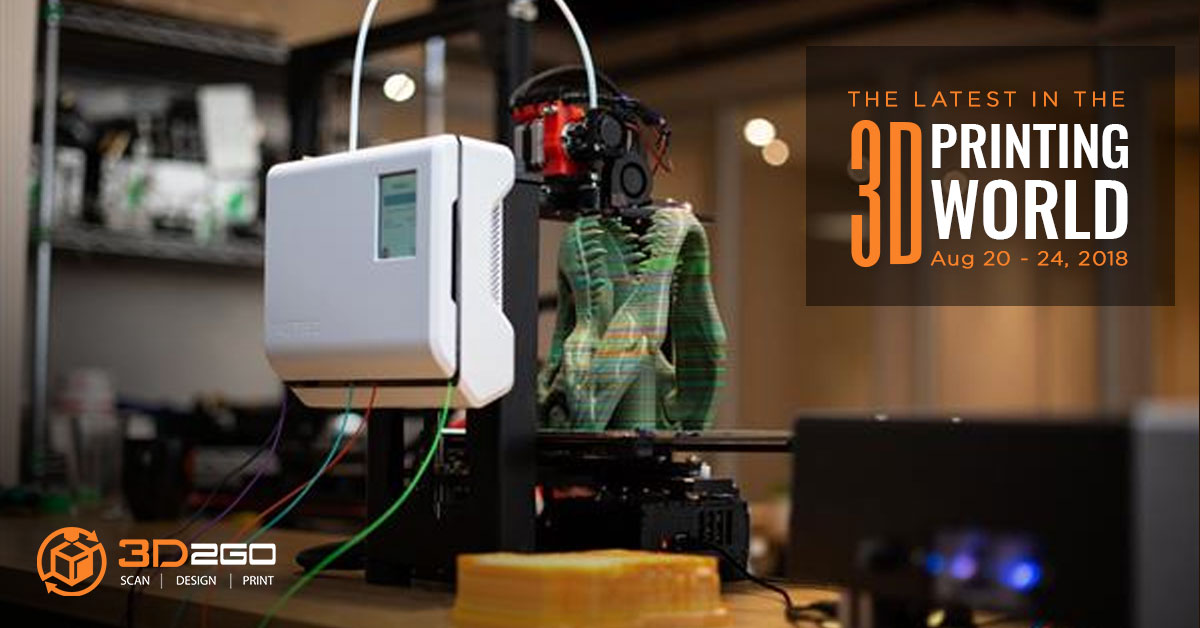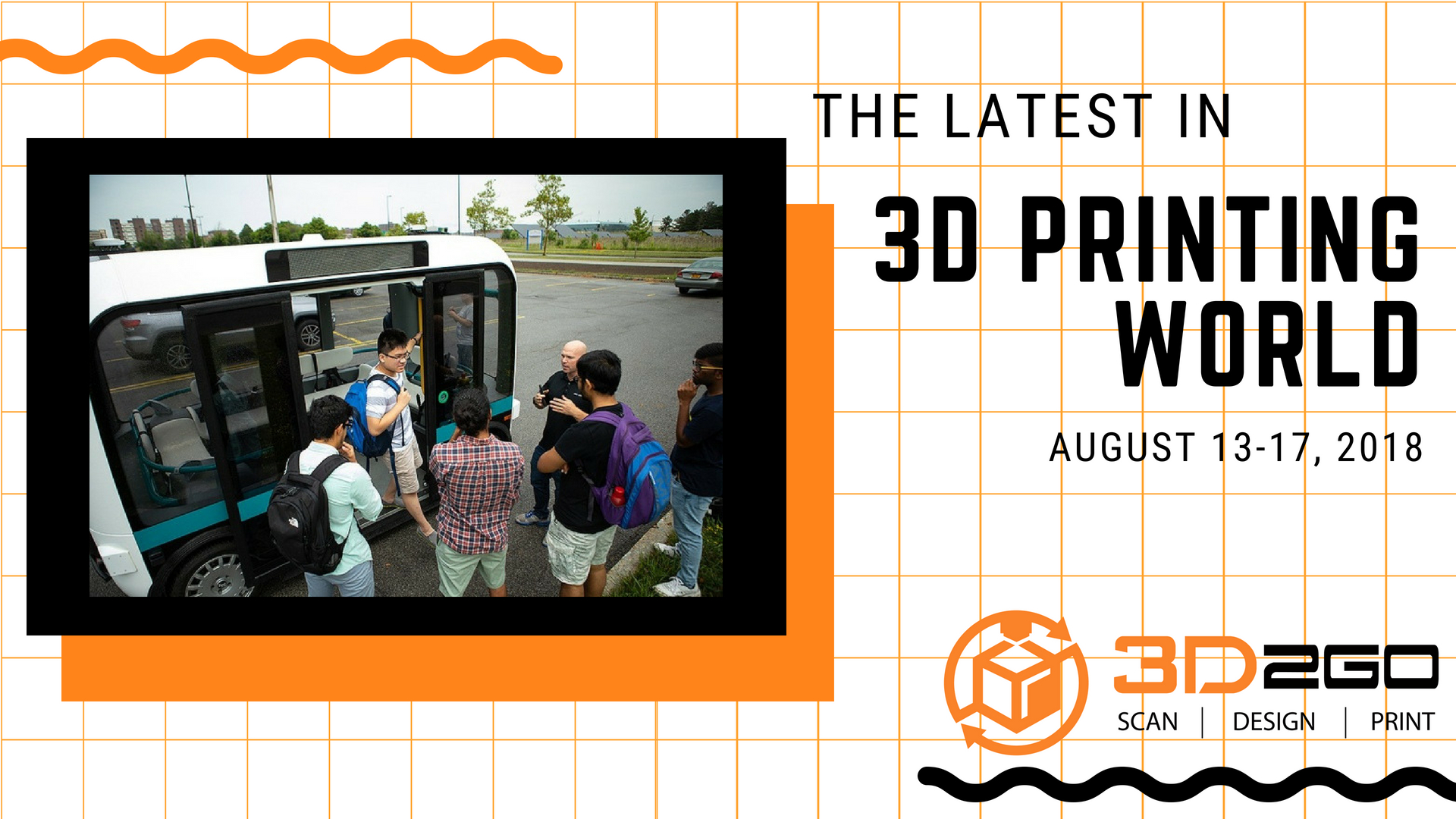
Animal Orthotics Help Rehab Process
May 21, 2022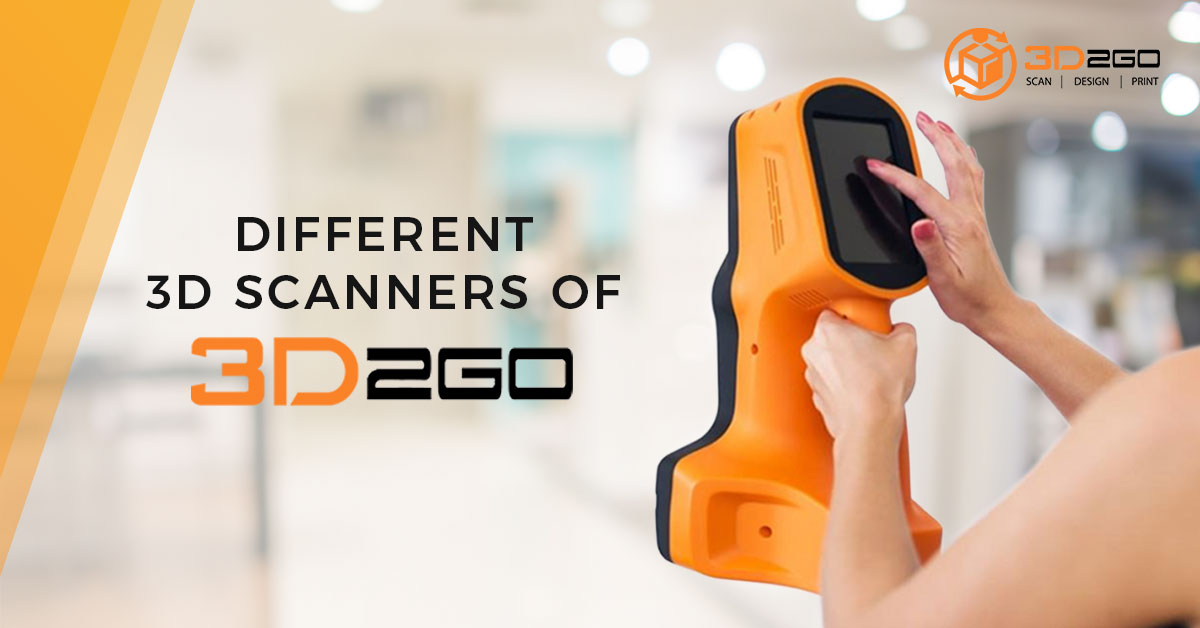
Bringing the Finest 3D Scanners to Our Shores
May 22, 2022Intern Solves Coffee Problem With 3D Printing
An intern, Harrison Gloyne, solved the coffee problem at Redstack. The technology and services provider company’s employees are being all over the place when it comes to their coffee cups, so Gloyne decides to stop the problem.
Since he is already surrounded by 3D printers and software into making materials, he decided to give it a go. He 3D printed a coffee pod dispenser with a coin slot. It is like a vending machine, but smaller.
READ MORE: https://3dprint.com/197512/redstack-intern-3d-printing/
3D Printed Parts For Urban Farming
Farmshelf, the New York-based startup, decided to 3D printing technology for their farming materials.
Farmshelf is known to build and create automated hydroponic systems for fresh greens to grow almost anywhere. They have been using 3D printing technology for the prototyping of their urban farming materials but this time, they decided to customize their agricultural materials for it to be less expensive.
3D Technology Stops Animal Testing With Biomimetic
It is time to stop animal testing because 3D printing technology is here. Once, again, 3D printing saves the day with a new discovery. Researchers from Polytechnic University of Torino and Italian Institute of Technology have mimicked Blood-brain barrier (BBB), which is a very important part of our body.
BBB has been recreated with the help of high-resolution 3D printing. It has permitted the researchers to “faithfully reproduce the microcapillaries of the neurovascular system on a 1:1 scale.”
READ MORE: https://3dprint.com/198111/biomimetic-blood-brain-barrier/
Japanese Students Create Humanoid Robot With 3D Printing Technology
Looks like robots nowadays are very much human-like because of 3D printing technology.
Researchers from the University of Tokyo have created a humanoid robot that sweats, can do pushups and sit-ups. They have named the robots Kenshiro and Kengoro. It is almost human-like because the structure and the electrical wiring is very much the same as the muscular build of a person.
Amazing Technique Used By Japanese Engineers Regarding The Thickness Of 3D-Printed Materials
Two professors from Meiji University in Japan, Haruki Takahashi and Prof. Homei Miyashita, have discovered a new technique to smoothen and lessen the thickness of a 3D printed material.
The two call it “staircase effect”. It was developed and processed for two years. The technique, “method of generating and calculating a movement path for printing tactile sheets,” is used for more accurate and more complex designs to be made by simple 3D printers.


